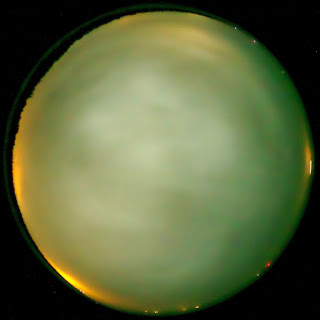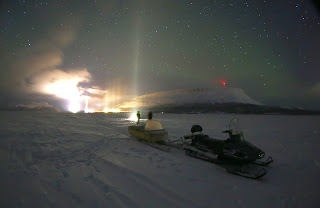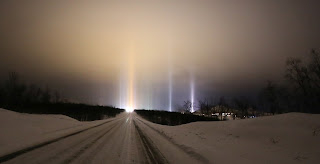A super dark spot in Latvia

This time I follow a recommendation by Oliver Lindecke a PhD student from the Leibniz Institute for Zoo and Wildlife Research in Berlin. He is working (among other stuff) on effects of artificial light on bats ( recent paper here ). Oli studies bats in Pape Village in Latvia and he told me that the bat research station is in a very dark spot. Checking the world atlas data shows that indeed across the Courland peninsula many sites are almost free of light pollution . So I pack an SQM, the camera with fisheye and fly to Riga. The plan is to go around the peninsula in the first night, do some measurements at the Northern tip, record night sky brightness wit an SQM roadrunner system along the travel and meet up with the bat researchers in the morning. Its a long drive from Riga and I arrive at Kolka Village at the northern tip just after sunset. Due to some technical problems I have to improvise and run the SQM and GPS with separate programs. But it finally works and the ...




